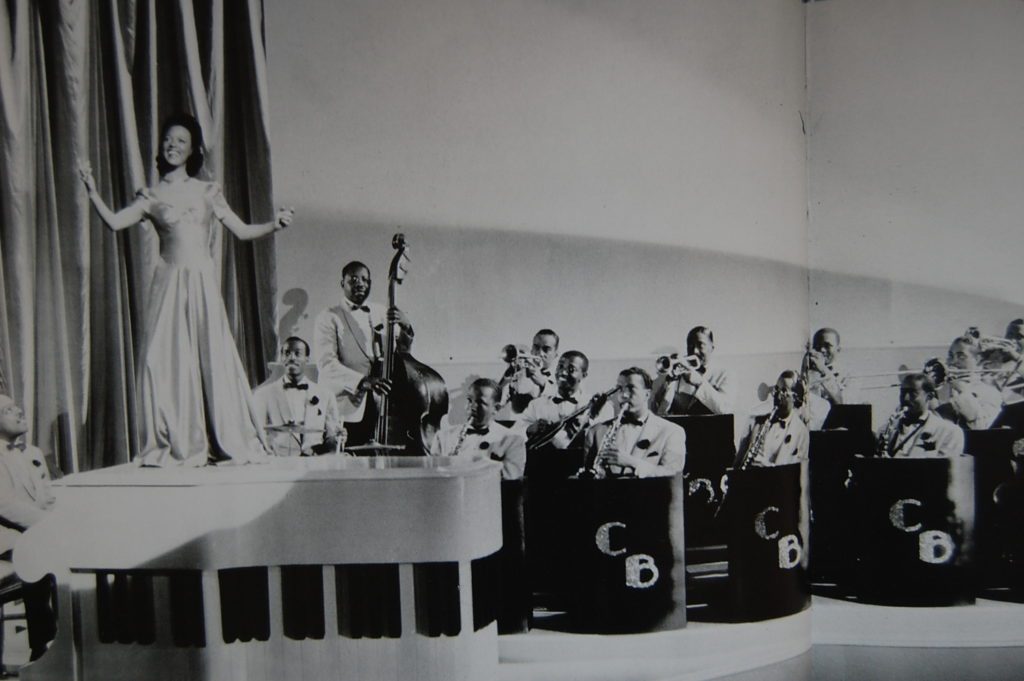Evolution of Jazz : 1930s-1940s
By Briaja Gilbert
Jazz music is a broad style of music characterized by complex harmony, syncopated rhythms, and a heavy emphasis on improvisation. This genre was seen as a more upbeat version of genre. Jazz was rooted in various cities such as New Orleans, Harlem, and Chicago. In this post, we will be focusing on jazz in the 1930s to the 1940s.
Key Figures
Ella Fitzgerald
“The First Lady of Song,” Ella Fitzgerald was the most popular female jazz singer in the United States for more than half a century.She could sing sultry ballads, sweet jazz and imitate every instrument in an orchestra.
Billie Holiday
One of the greatest jazz singers from the 1930s to the ’50s. She had no formal musical training, but, with an instinctive sense of musical structure and a deep knowledge of jazz and blues, she developed a singing style that was deeply moving and individual.
Bessie Smith
Along with Ma Rainey and Mamie Smith, singer Bessie Smith helped pioneer the genre of blues music and propel it into popular culture.
Charlie Parker
Saxophonist who, with Dizzy Gillespie, invented the musical style called bop or bebop.
Bud Powell
An American jazz pianist and composer known for his works and his playing as having “greatly extended the range of jazz harmony
Billy Eckstine
American jazz and pop singer and a bandleader during the swing era.
Miles Davis
Used his trumpet as a way to emulate the sound of the human voice by cutting out vibrato, turning his jazz into a smoother and more emotional form of music.
Eubie Blake
American pianist and composer of ragtime music, popular and vaudeville tunes, and scores for musical theatre
Key Concepts
The Big Four
The Big Four refers to a new jazz concept: instruments would play in beats of 4. On the second count of 4, all instruments play louder.
Swing Band
Swing music is a form of jazz that developed in the United States in the 1930s and 1940s. The name came from the emphasis on the off–beat, or weaker pulse. Swing bands usually featured soloists who would improvise on the melody over the arrangement.
Traditional Jazz
Traditional jazz is largely instrumental music that combines the call-and-response rhythm of the fields during slavery in the American South.
Bebop
Conclusion
The 1930a-1940s was another transitional time for jazz. It was inspired from other genres of music such as ragtime and blues. Jazz artists at this time made a huge impact on not only the genre but music in general. Their influence can still be heard in music today and the styles that came in the following years of this era.


